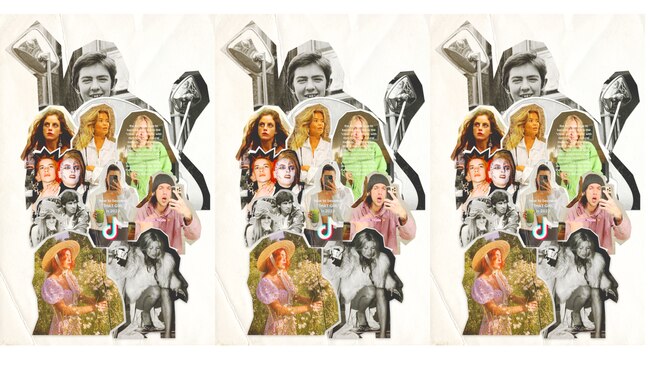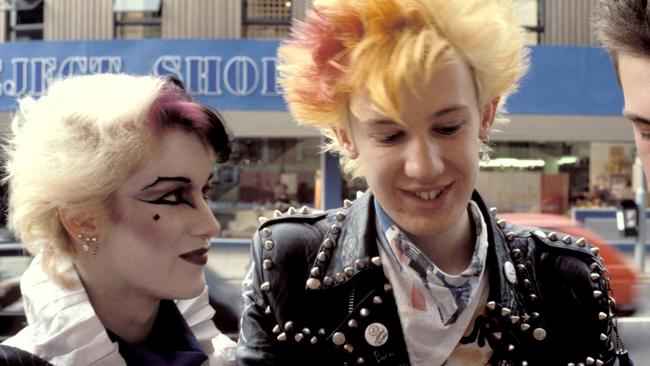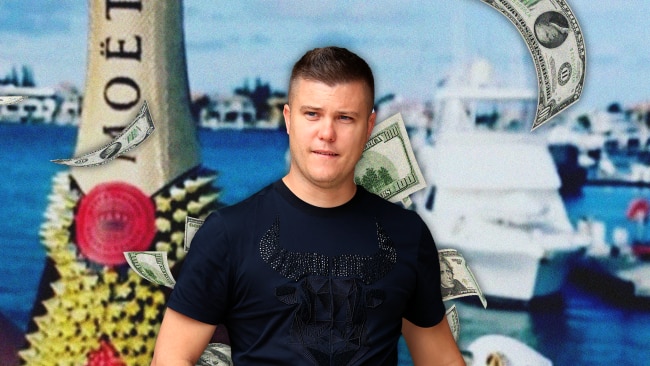The most powerful TikTok trend we have
Trends have been replaced by micro-trends which cycle so fast they have no meaning.

Trends have been replaced by micro-trends which cycle so fast they have no meaning.
Every day we scroll through TikTok and are confronted with a succession of new, heterogenous micro-trends: cottagecore, normcore, goblincore, fairycore, clowncore, balletcore, Regencycore, indie sleaze, night luxe, twee, clean girl, dark academia, coquette aesthetic, coastal grandmother aesthetic, the bimbo reclamation, etc.
But what does it all mean? Are they aesthetic trends, or subcultures? Mindsets, or vibes? Perhaps it’s just people having a laff on the internet.
In Subculture: The Meaning of Style, Dick Hebdige writes that, “All aspects of culture possess a semiotic value, and the most taken-for-granted phenomena can function as signs: as elements in communication systems governed by semantic rules and codes.”
“Our task becomes to discern the hidden messages inscribed in code on the glossy surfaces of style, to trace them out as ‘maps of meaning’.”
Subculture rooted in aesthetics is nothing new. Throughout history we’ve had punk, hardcore, mods, hippies, goths, New Romantics, ravers, scene kids, hipsters and emos. These were all attached to some kind of ideology, representative of a cultural resistance to dominant society, and they had staying power.

These TikTok-bred micro-trends cycle so fast it’s hard to extract any significant meaning from them. We rarely know what they stand for, what they’re reacting to, or why they exist. Which is fine, not everything has to mean something. With social media completely decentralising culture there’s no longer a dominant ideology or cultural mainstream to oppose — it checks out that these movements feel sorta empty.
If anything, it feels like Gen Z/TikTok’s extension of the visual language learned on Tumblr. A revisionist understanding and interpretation of visuals that represent concepts plucked from historical eras (regencycore), locations (cottagecore), music, film, television (Effy from Skins: the ‘rockstar girlfriend’ blueprint), and pre-existing subcultures.
Micro-trends like cottagecore, the ‘old money aesthetic’, balletcore, night luxe, and ‘coastal grandma’, speak to our desire for escapism and aestheticising and romanticising life. Whilst others: rockstar girlfriend, Fleabag era and the bimbo reclamation lean into irony and the absurd, and are entrenched in the abstract humour of the TikTok zeitgeist.
We’re obsessed with identifying things and these micro-trends are more spiritually akin to the ‘starter pack’ meme than they are to any meaningful subculture. It’s an attempt to give language to core ideas, essences, and the vibes of existing — and capture it in a TikTok video.
Goblin core and feral girl are probably the closest we’ve had to a TikTok trend rooted in an ideology — however flippant and ironic. A rejection of the ‘clean girl’ aesthetic: modern life’s self-optimisation prerogative.
Clean girls have dominated Instagram for years, but it took TikTok to give it a name. You know the vibe: Matilda Djerf, Hailey Baldwin paparazzi shots, no-makeup makeup, bike shorts, perfectly steamed mens shirts, oyster lunches, slicked buns, prestige beauty brands, everything sun-dappled, golden, and in its right place. Clean girls have their lives together, they are hustlers that live tidily, stay active, and eat healthy.
Feral girls and goblin mode are the antithesis, the backlash to ‘wellness culture’. A movement for those that don’t have pristinely organised bathrooms, and likely keep their toothbrush and razor in a cup coagulating with mysterious gunk. It asks us to find comfort in acting slovenly, and ignore the suffocating societal pressure to be productive and presentable at all times. It is the most powerful trend we have because it is immune to commodification.
In April, Harper’s Bazaar fashion director Rachel Tashjian, wrote that “trend forecasting has become the new influencer hustle.” TikTok creators will pluck micro-trends from obscurity and zhoosh them up with imagery and dialogue — creating desire, and promotion consumption among those that wish to fit the aesthetic. “In the meantime, fast fashion brands like Shein have sped production to such a pace that they can both predict and reflect these trends.”
When everything is accessible, ride-and-dying by a subculture or alternative identity no longer has the allure it once did. There’s still currency in being in the know, being someone who ‘gets it.’ But for Gen Z, there are infinite identities and micro-cultures — that co-exist and stay in their lane — to try on and play around with. There is room for the clean girls, the feral girls, the whimsical girls, and the twee girls.


